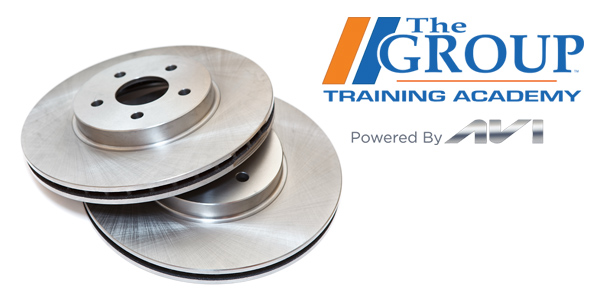Today’s drivers are, more and more frequently, aided in their daily drives by advanced driver assist systems, which rely on electronic power assisted steering, or EPAS, systems. There are three basic types: Column Mount, Electric Hydraulic, and Electric Rack and Pinion.
Customers may not know – or care – which type they have in their vehicle, but as a technician, it’s important to understand that each of these systems is much more complex than the old hydraulic pressure assist systems. Yes, they include many more safety and integration features, but this complexity brings with it many challenges on the repair side. In the case of EPAS systems, there are several key things you need to consider when diagnosing a power steering complaint.
First: Always read the Description and Operation Section in the Service Manual. This is NOT an optional step. The service information includes explanations of the sensors you’ll be faced with, information about how other components connect to the steering system and details about service procedures. However, it doesn’t necessarily give you step-by-step diagnostic procedures. Make sure you’re thorough!
While utilizing the vehicle service information system, don’t forget to check for technical service bulletins. These systems heavily rely on module software for data interpretation. Many repairs are successful with nothing more than replacing that software by means of reprogramming the control module.
In addition, it’s critical to use proper test equipment. If you don’t, there is no way to really know if there is a problem with the part or not. Some of the necessary items to accurately test these systems include DVOM, Current indicator, Battery load tester, Scan tools, and the ability to factory flash program parts to be accepted into the system.
Without these tools it is impossible for anyone to do the following diagnostics. The use of systematic diagnostics is crucial. Be certain to follow these steps.
* Verify that the Battery is correct for the vehicle. Without the proper battery there may not be the required amperage available to properly operate the system
* Check the battery state of charge. Just like the correct battery, it needs to be at a full stated charge level. Again, without this, the system may not operate or test properly.
* Check For Corrosion. The green death will cause the same problems for transfer of needed current. Clean those terminals.
* Look for loose connections. Loose connections cannot transfer current or signals at the required rate.
* Check Poor Grounds. Errant codes can many times be caused by loose or corroded grounds. In today’s vehicles there are many system grounds. Check them
* Voltage Drop Test Power and Grounds. Just because a connection or conductor looks good, test it and be sure. If these systems don’t have the correct voltage and amperage, they will not test or operate properly.
Today’s steering systems, and that word “systems” is important, are very advanced and may have built in features to save components. Some limit current to the pump when there is an issue. This is done to save the motor and the module from overheating. If you don’t properly diagnose the entire system, the module could be viewed as defective when it is actually doing its job.
In addition, many of the newer systems integrate with the vehicle’s ADAS system. The EPAS system of a vehicle plays a big part in these assist systems. So, if equipped, the ADAS system needs to be properly calibrated and updates when servicing the EPAS.
Diagnosing the concern properly will keep your relationship with your customer strong and get the vehicle back on the road quickly and safely.













